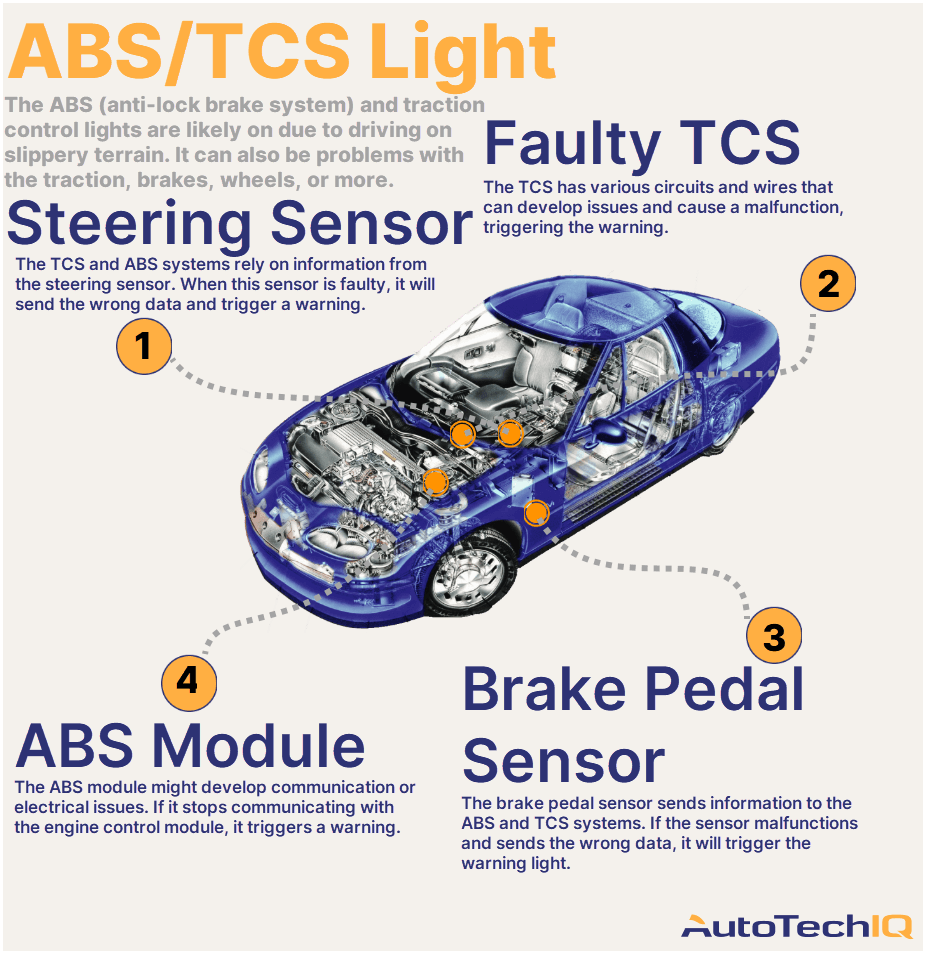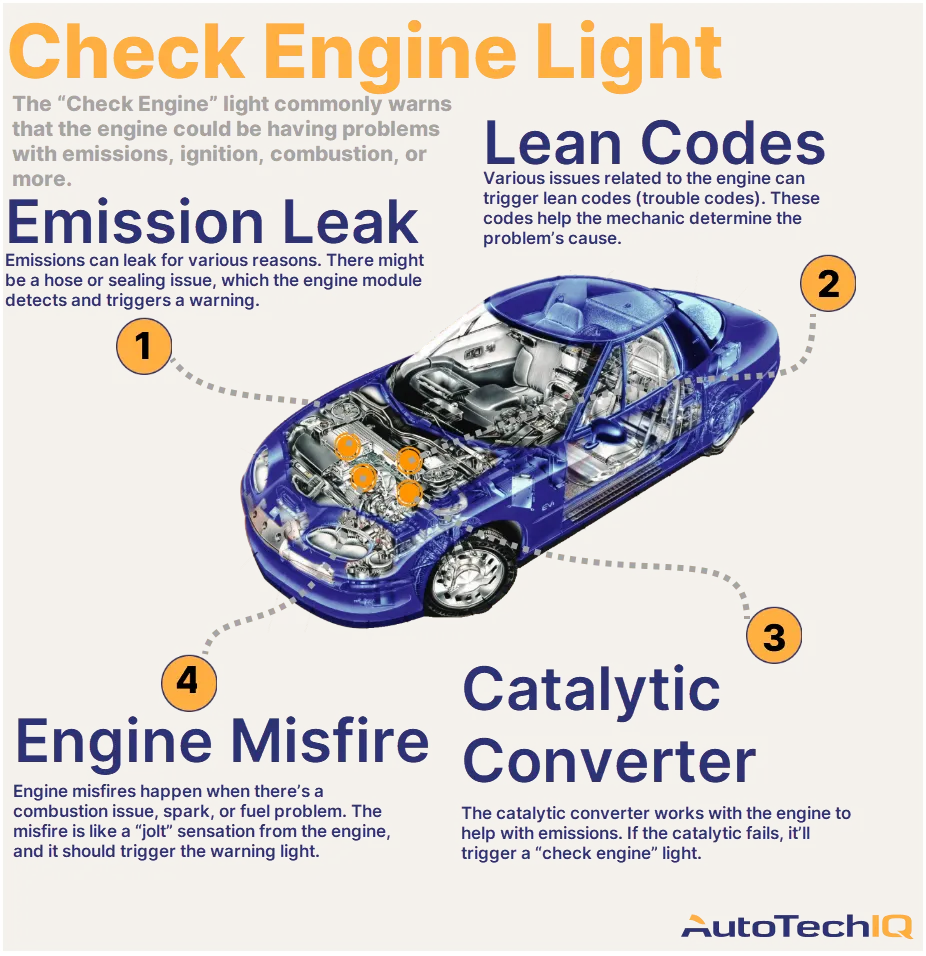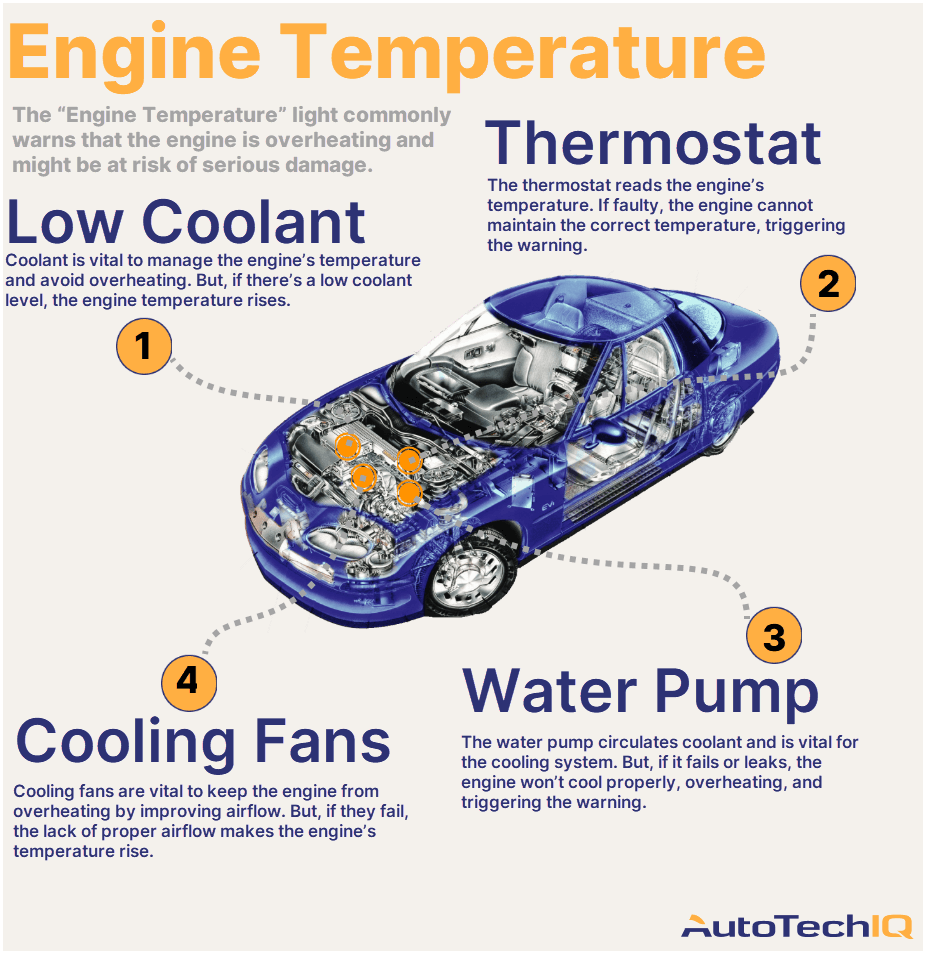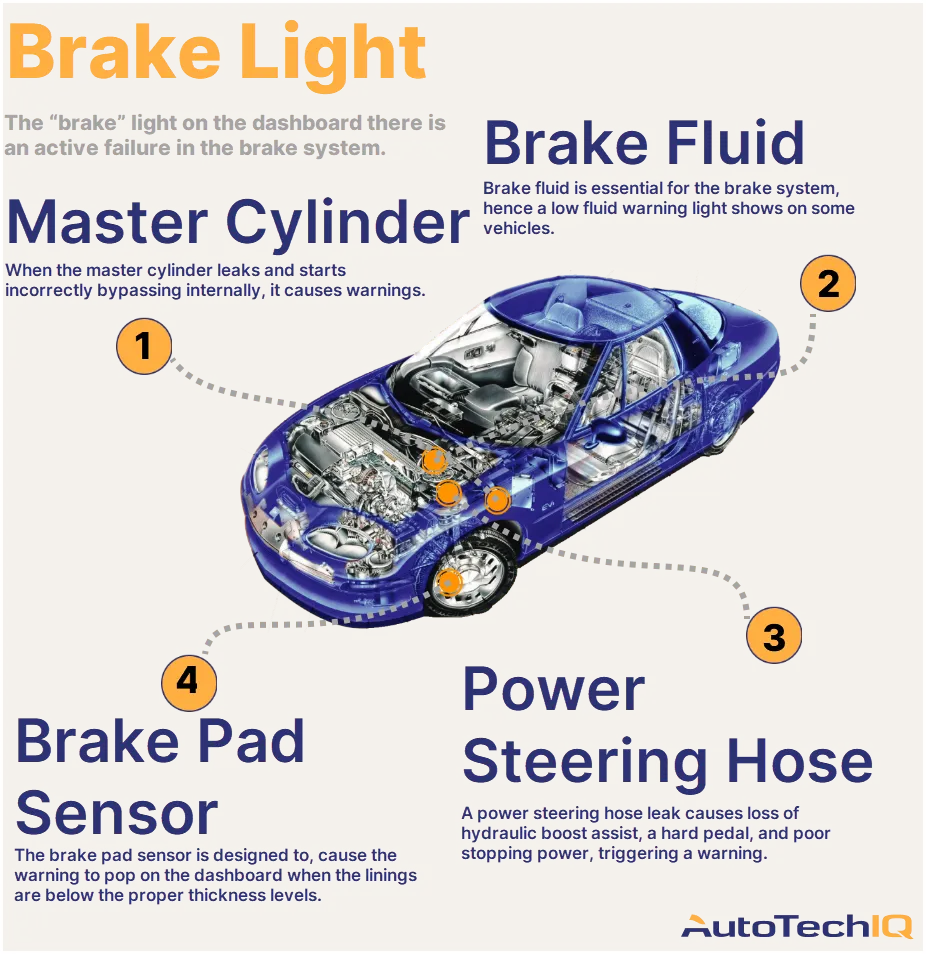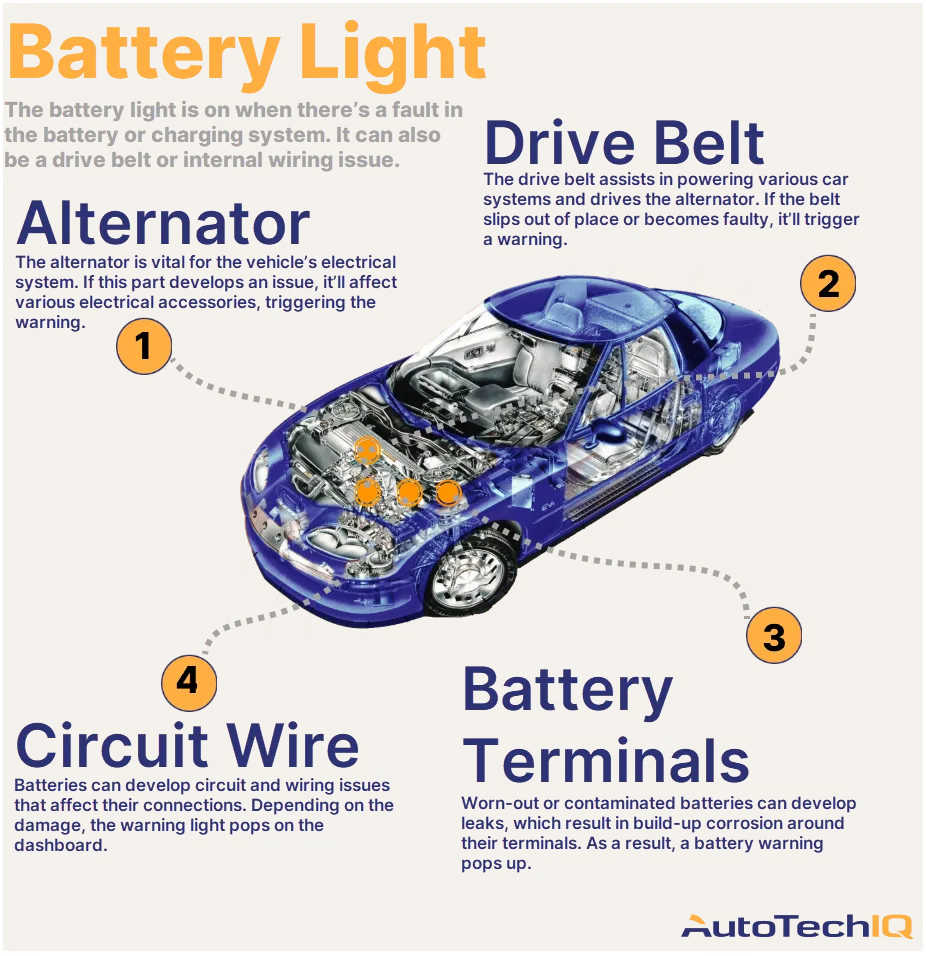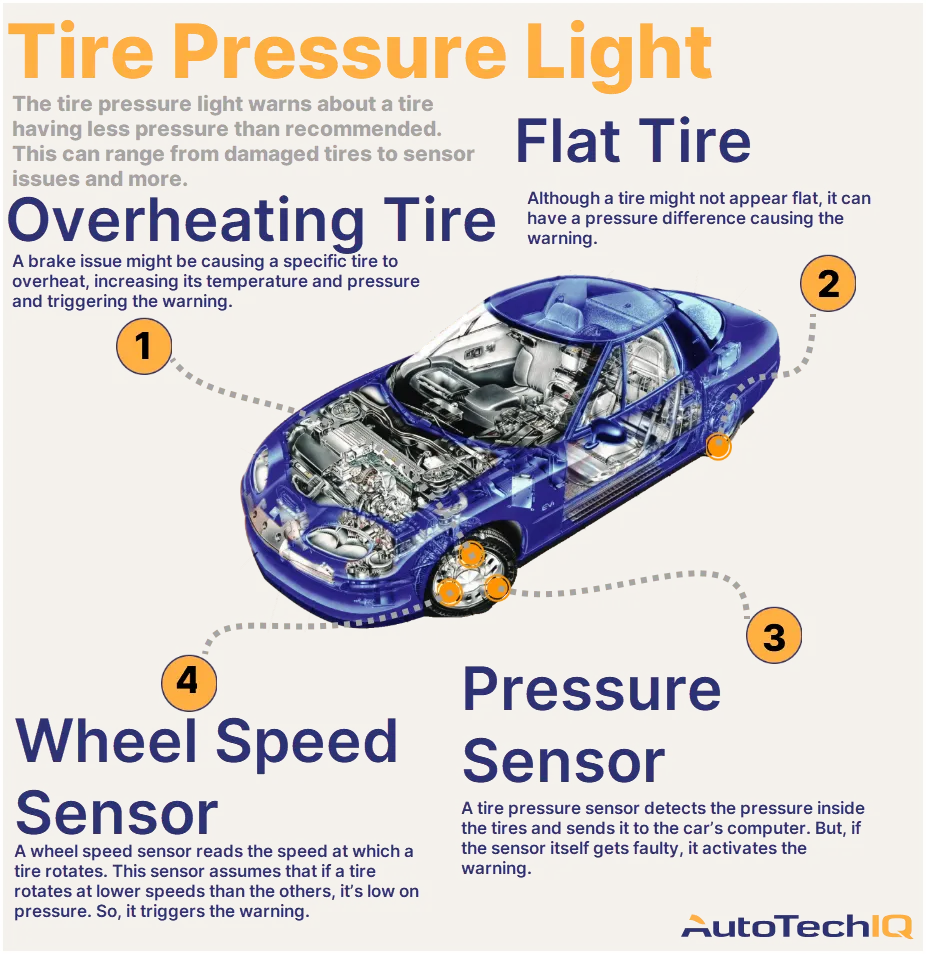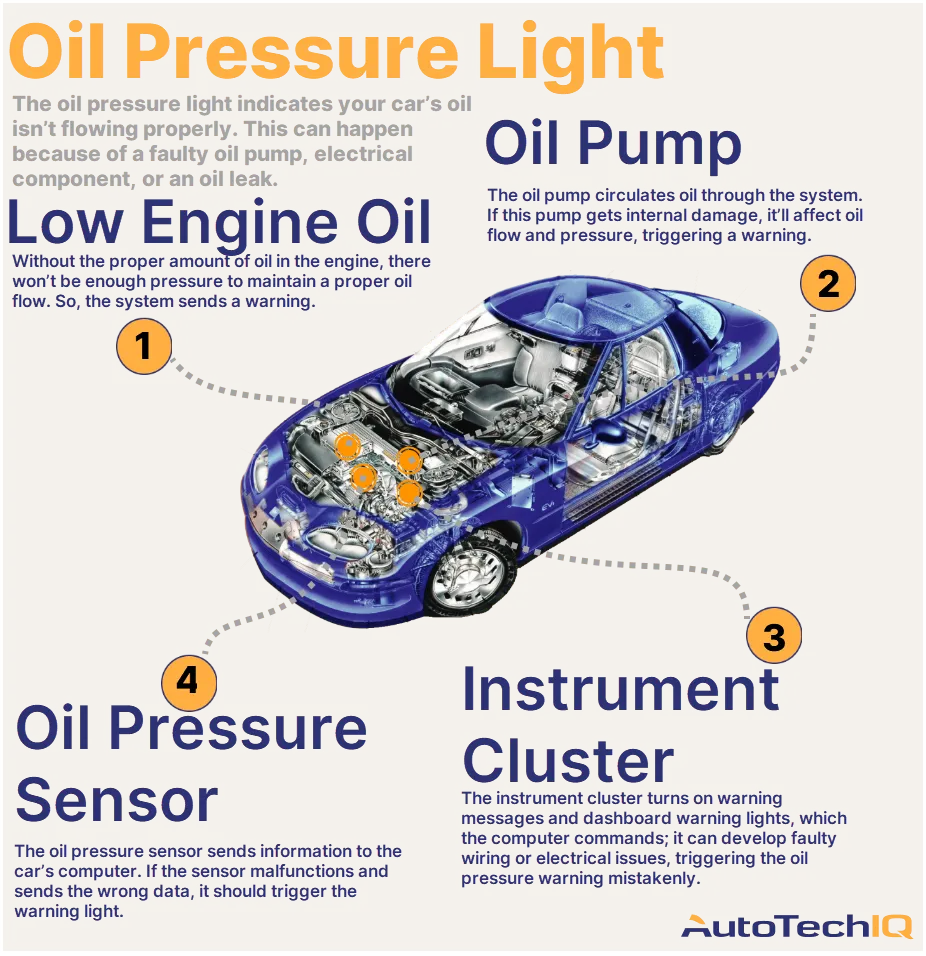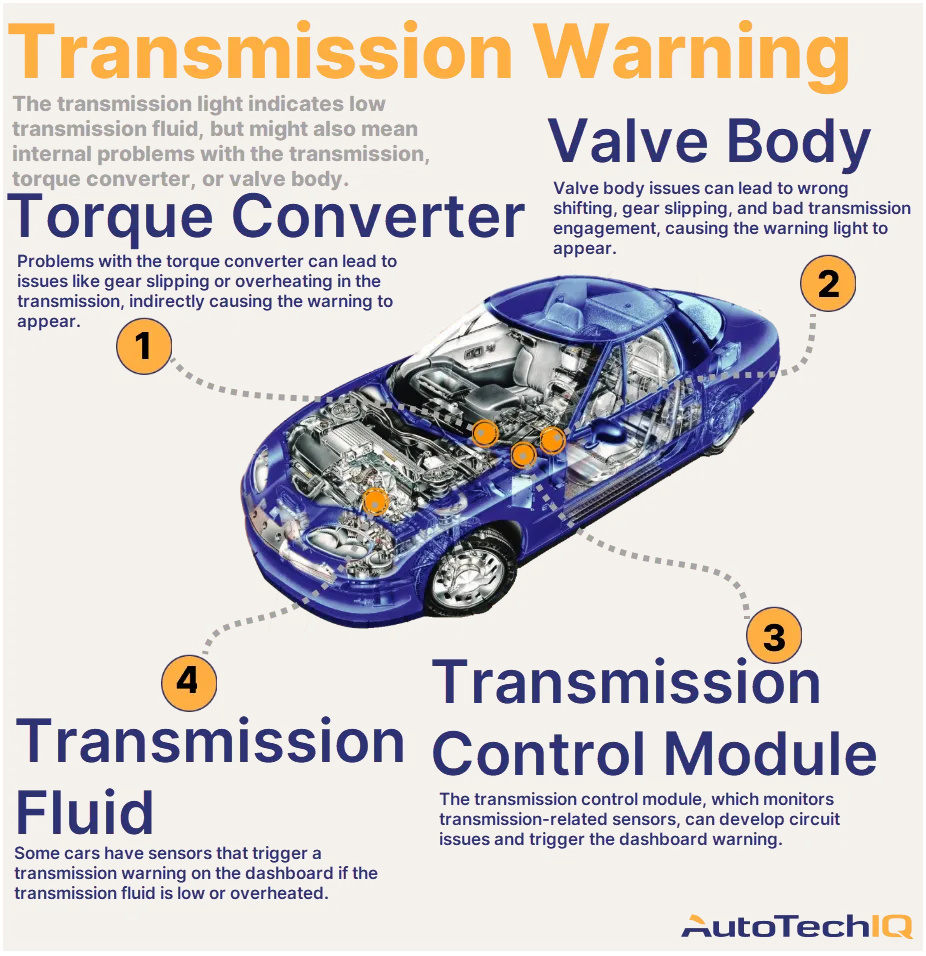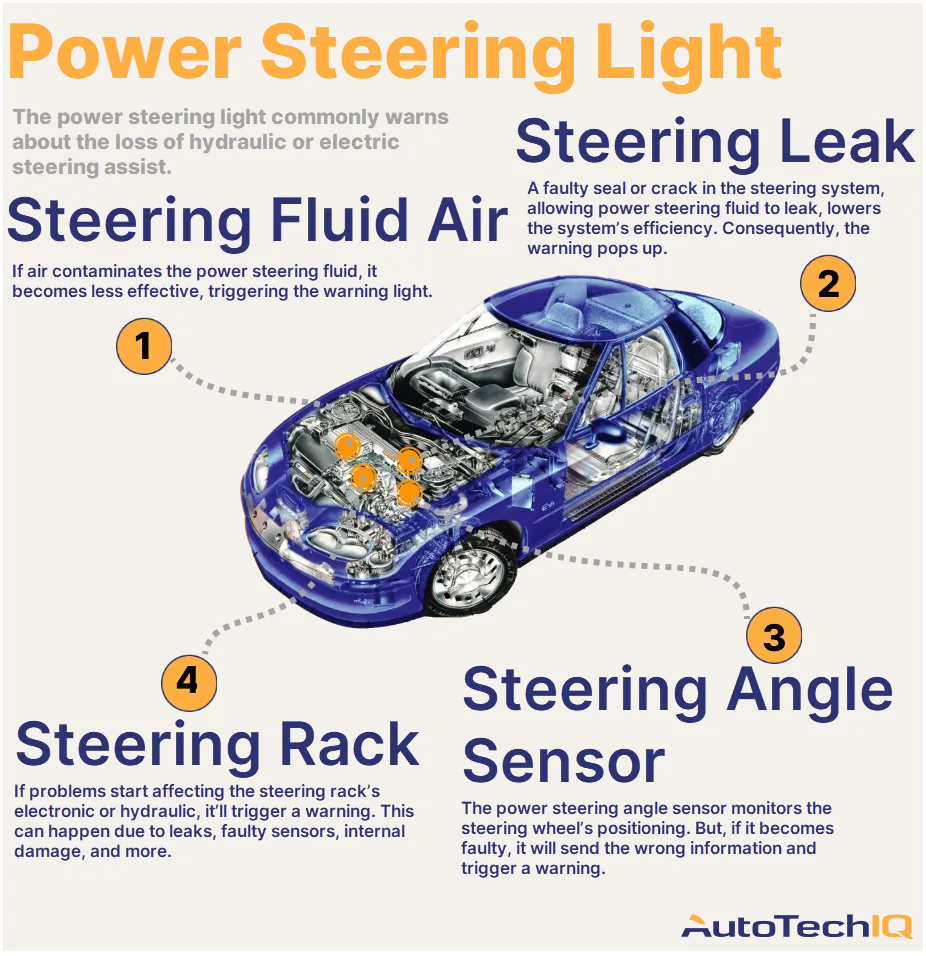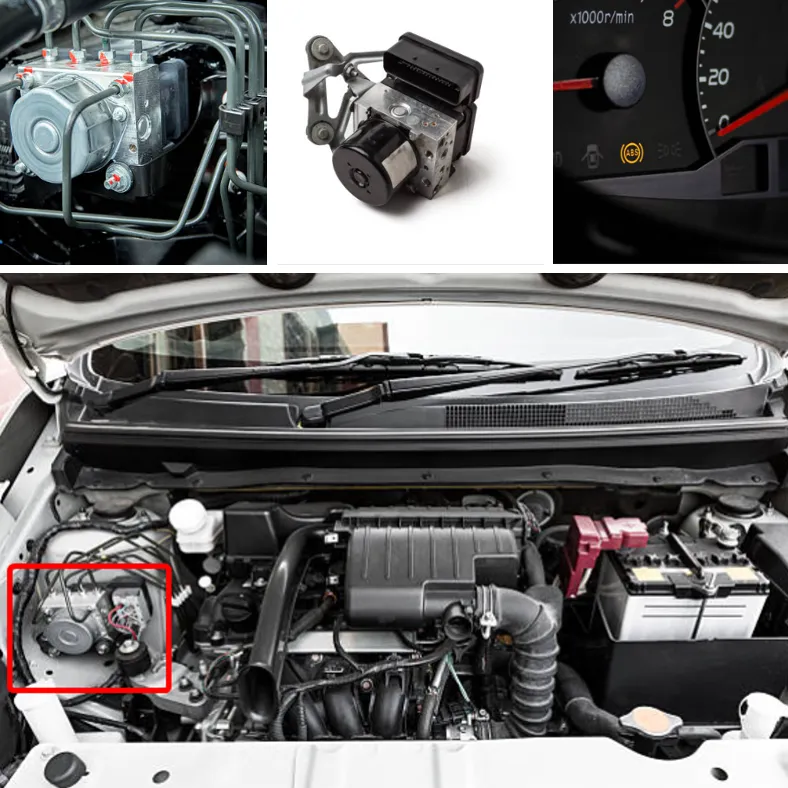
The ABS pump replacement is a key part of the anti-lock braking system (ABS). The task of ABS is to provide stable car control during intense and even emergency braking. It prevents complete wheel lockup when the driver applies the brake and allows for avoiding obstacles without skidding or colliding. The working principle is that on roads with uneven surfaces—like sand, gravel, snow, or ice—during abrupt braking, one or more wheels may lock up. At that moment, the ABS system activates and automatically reduces the brake pad pressure on the wheel, allowing it to rotate. This reduction occurs automatically up to 20 times per second. The driver will feel short, sharp jolts in the brake pedal during this.
The ABS function is especially important for cars in the autumn-winter season, particularly for those living in the northern states. Identifying a malfunctioning ABS pump is straightforward:
- After starting and during the car's motion, the warning signal (ABS) on the dashboard does not go off.
- If you feel the wheels locking up while braking during movement.
- The car behaves unstably during braking on uneven roads or while turning.
If you notice these symptoms, we recommend consulting Certified Auto Repair. Diagnosing the anti-lock braking system is a complex process that should be conducted by a professional mechanic using specialized equipment.
After diagnostics, you can precisely identify the problematic part in the anti-lock braking system. It could be wheel sensors, electrical wiring, the ABS pump, or even components of the braking system, such as brake discs, pads, and cylinders. If your ABS pump is faulty, a replacement is carried out as the manufacturer recommends. However, in some cases, if the repair is not complicated and on older cars—such as a disconnected sensor contact located in the control module—a repair may be recommended for cost-saving reasons. After replacing the unit, it is mandatory to bleed the system, meaning you must remove the air from the entire braking system. On modern cars, this procedure is performed only with diagnostic equipment. Poor brake bleeding affects the safety of driving. Especially note that air from the ABS pump only comes out when it is operating.
For safety and maintaining stable operation, we recommend conducting regular preventive diagnostics of the entire braking system. If the ABS warning light comes on while driving, exercise special caution, avoid fast driving, and abrupt braking.


